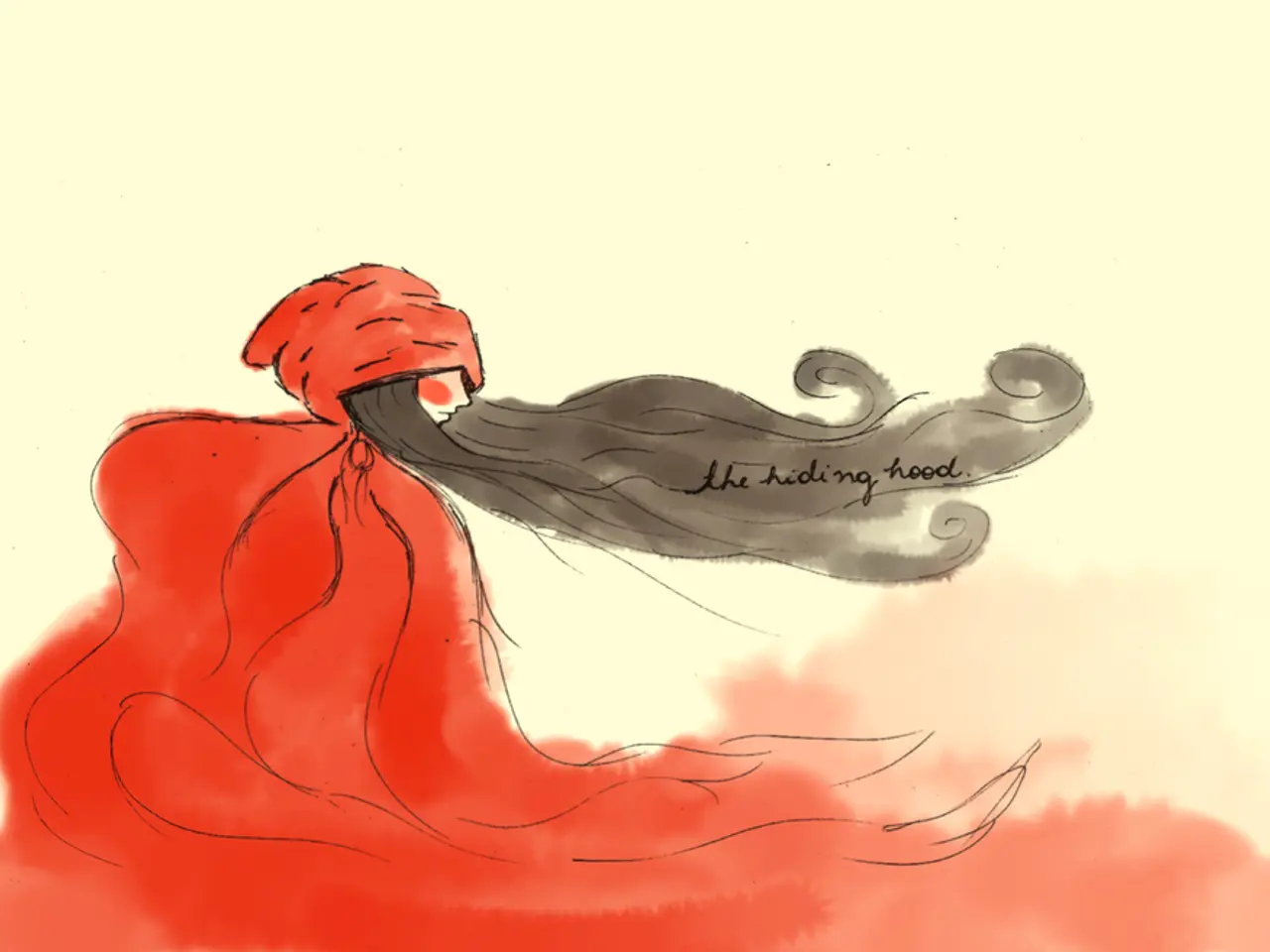Cleopatra's visage: a breakdown of her appearance, and an examination of her alleged extraordinary beauty.
In the annals of history, few figures have captivated the imagination quite like Cleopatra, the last Pharaoh of Ancient Egypt. Born around 69 BC, Cleopatra was a member of the Ptolemaic dynasty, a Macedonian-Greek royal family that had ruled Egypt since 305 BC.
Cleopatra, the third of a possible six children all fathered by Ptolemy XII, was not just a beautiful queen, but also a shrewd ruler. Her beauty, while not necessarily unprecedented, played a significant role in her ability to captivate Julius Caesar and Mark Antony. However, the image of Cleopatra as a beautiful and scheming seductress was largely a product of Octavian's propaganda. In reality, she was also known for her intelligence and ability to make people feel special.
When it comes to physical depictions, the portraits of Cleopatra are relatively modest compared to popular conceptions. On coins, she is often seen wearing a simple cloth diadem, with braided and coiled hair, and a mantle covering her gown. Her distinctive features, such as her prominent nose, sloping forehead, sharply pointed chin, thin lips, and hollow-looking eye sockets, are all clearly visible.
Many coin portraits of Cleopatra are associated with Mark Antony, but his portrait appears on the opposite side in most cases. It's likely that the artists were copying an official image that the queen herself had approved for her coin portraits. The artists who created these portraits were likely following guidelines when they engraved the dies to strike the coins.
Interestingly, on some coins, Cleopatra's name is omitted, with her distinctive features serving as identification. The physical characteristics seen in Cleopatra's coin portraits may have been family traits. Some coins show Cleopatra's mantle held in place by a clasp adorned with additional strings of pearls, which might have held significant value, possibly gifts from Caesar or Antony.
The coin portraits predominantly date from the mid to late 30s BC, corresponding to her age range in that period. These coin portraits were minted in a variety of places in the eastern Mediterranean. Cleopatra is consistently depicted as a queen in her own right, not just as Antony's consort, in the coin portraits.
The negative modern reaction to Cleopatra's physical appearance in the coin portraits may reflect more about contemporary perceptions and stories than the actual appearance of the Egyptian queen. In fact, the only certain images we have of Cleopatra are coin portraits, which offer a unique glimpse into her appearance and reign.
Despite the many myths and misconceptions surrounding Cleopatra, her coin portraits provide a tangible link to the real queen, offering a glimpse into her life, her reign, and her enduring legacy.
In the realm of pop-culture, Cleopatra's image has often been distorted by entertainment and celebrity depictions, deviating significantly from her portrayal in historical records. The coin portraits of Cleopatra serve as a stark contrast to today's celebrities, providing a genuine representation of a historical figure in the realms of both beauty and power.








